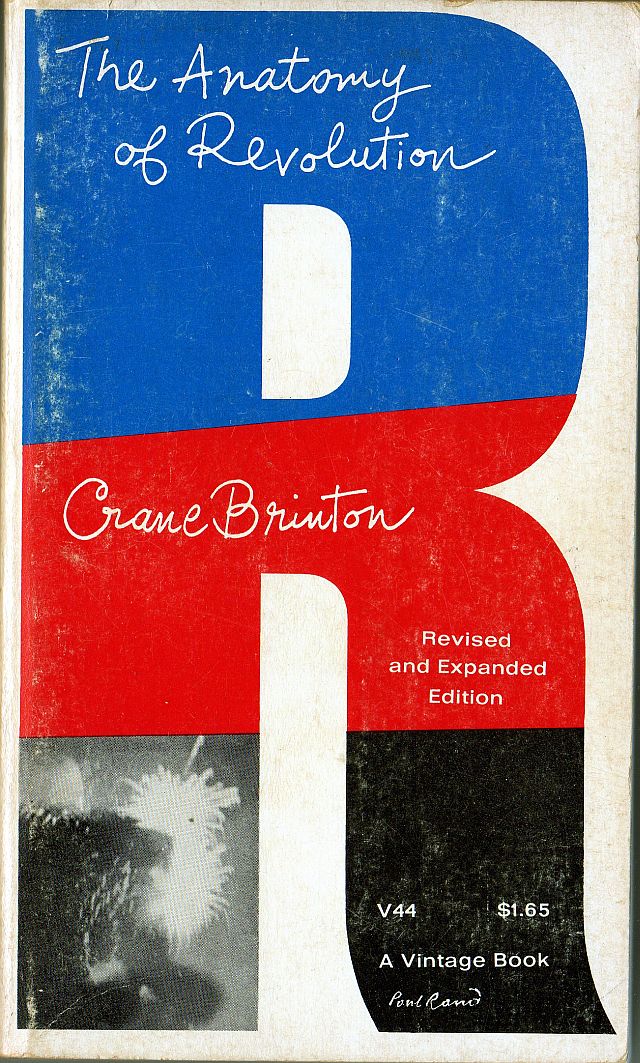“I have undertaken vengeance. I want Liberty and Equality to reign in Saint-Domingue. I work to bring them into existence. Unite yourselves to us, brothers, and fight with us for the same cause.”
General Toussaint Louverture – A Leader of the Slave Rebellion

The Caribbean is commonly thought of as a vacation destination and nothing much else. From the white sand beaches to the lively coral reefs, The landscape seems like it was made just for you. But often overshadowed in the lively TV commercials, a lot of these countries still struggle to overcome the challenges that were set in motion so many years ago. Haiti is a good example of one of these nations. Still struggling nation still attempting to overcome such a crippling past. However haiti might be small in size but the events that took place in the final years of the 18th century would change the world forever…

After decades of french rule, slavery is continues to be used on the island colony of Saint-Domingue, and the island continues to grow record numbers of sugar cane. The fertile land and the prolific usage of slave labour. As the new french government following the French revolution took power they attempted to extract even more resources from the colony, to an already drained soil and a severely oppressed race. This new wave of brutality did not sit well with the many enslaved black men and women, and without surprise the resentment of their masters grew to an even further extent. Eventually this hate reached a boiling point, and the slave revolt began. The rulers of the african american slaves knew that a day like this might come, but none could have predicted the sheer numbers in which the slaves revolted in. In a time span of only 1 week more than 100K slaves had joined the movement. At this point the freed slaves had outnumbered their owners 4:1 and with their superior strength and toughness, victory was imminent.
This new wave of brutality did not sit well with the many enslaved black men and women, and without surprise the resentment of their masters grew to an even further extent. Eventually this hate reached a boiling point, and the slave revolt began. The rulers of the african american slaves knew that a day like this might come, but none could have predicted the sheer numbers in which the slaves revolted in. In a time span of only 1 week more than 100K slaves had joined the movement. At this point the freed slaves had outnumbered their owners 4:1 and with their superior strength and toughness, victory was imminent.
The Haitian revolution began in late 18th century and the freed slaves were quick to control the majority of the colony. Even after many battles and wars they were able to remain in control of the state. They created a new country by the name of haiti, and it slowly gained recognition around the world. This victory, however important to 200,000+ slaves that lived in the colony of Saint-Domingue had a larger impact to the world. Many powerful nations began a very long process in which african americans began to have the rights that any person does. Many believe that abolition of slavery all around the world could be traced back to the Haitian revolution.

During the past month and 2 weeks in class we have been studying 6 major revolutions. The Xinhai, American, Easter Rising, Russian, French, and finally the Haitian revolution. All these revolutions follow a similar pattern, but not many people could put together a theory, and the theories that were made had major flaws. Many scientists were determined to find the pattern but it wasn’t until Crane Brinton came up with a theory that is widely regarded as the pattern that revolutions follow. I went more in depth in my other blog post entitled Revolutions: A Whole World to Change. Mr. Brinton states in his scientific journal that the revolutions are like a disease with 4 different stages. Incubation, Moderate, Crisis, and finally Recovery. First, there is an infection where the first symptoms occur, then the disease intensifies slowly until it reaches its climax. Soon after the climax, the country begins to recover. After we had learned all about the Anatomy of Revolution the main project was ready to begin.
All these revolutions follow a similar pattern, but not many people could put together a theory, and the theories that were made had major flaws. Many scientists were determined to find the pattern but it wasn’t until Crane Brinton came up with a theory that is widely regarded as the pattern that revolutions follow. I went more in depth in my other blog post entitled Revolutions: A Whole World to Change. Mr. Brinton states in his scientific journal that the revolutions are like a disease with 4 different stages. Incubation, Moderate, Crisis, and finally Recovery. First, there is an infection where the first symptoms occur, then the disease intensifies slowly until it reaches its climax. Soon after the climax, the country begins to recover. After we had learned all about the Anatomy of Revolution the main project was ready to begin.
The goal was to create a Rude-Goldberg machine with every action on the machine representing an event in the revolution. My group that consisted of Luca, Daniel, and Melanie, and we were tasked with representing the haitian revolution with our Rude-goldberg machine, we call them metaphor machines. We also had to show our knowledge in electrical circuits by including them into the machine. Lastly, we needed to include some form of steampunk aesthetic, this would connect to the other different type of revolution that we have been studying over this unit, the industrial revolution. Steampunk has an entire story in itself if you wish to learn a little more about it visit my blog post about steampunk. It was now time start to create.
My group that consisted of Luca, Daniel, and Melanie, and we were tasked with representing the haitian revolution with our Rude-goldberg machine, we call them metaphor machines. We also had to show our knowledge in electrical circuits by including them into the machine. Lastly, we needed to include some form of steampunk aesthetic, this would connect to the other different type of revolution that we have been studying over this unit, the industrial revolution. Steampunk has an entire story in itself if you wish to learn a little more about it visit my blog post about steampunk. It was now time start to create.
The first thing to do was to research the Haitian revolution so we could pick apart which events to represent. We visited many different sites to research this powerful revolution. Researching the revolution proved much easier than I had originally, it did not take long for us to come up with 6 clear events that all showed potential for metaphorical representation.
The next task that we needed to complete was to figure out ways to represent them. This began with our first sketch, in which we started put down some ideas for how each event could be represented.After we had each come up with our own ideas it was time to begin to join them together. One idea that we had been very interested in from the beginning was to have a 3 part pathway to begin our machine. Looking back this might have been our worst decision of the whole project. Even by the end of december we were still not able to figure out a way to make this work. If I would be able to redo this project I would certainly choose a much more simple way to start the machine. Eventually we came up with final design on a real size scale.

Now that we had a plan we were prepared to begin building. The building part of the project took a very long time due to the amount of problems we encountered along the way. For example the first problem we encountered was how time consuming creating boxes and marble tracks. having the box split into the three different tracks made it so that to many tracks had to fit into a small area. It took nearly 3 weeks to prepare tracks and to decorate the board. This left the last week to be very busy and made it so we had to rush through the circuit building process. This eventually lead to the board not working completely, each individual part would work separately. This allowed my group and I to use many different filming to techniques and creative storylines to make sure that we did not show a full run through of the machine. In the end I am was very happy with educational content in the video and I think it we not only avoided the problem but embraced it and we used other techniques to our advantage.
I took tons of lessons out of this project. One of which would be to always think about the practical ways that the plan could be put in the real world. If we would have have thought of this I feel the project would have worked a lot better. I would imagine we would have made it a lot less complicated but in the end it’s all about learning new ways to attack and solve problems. I did like the way it proggresed and ended even though we did not complete it




